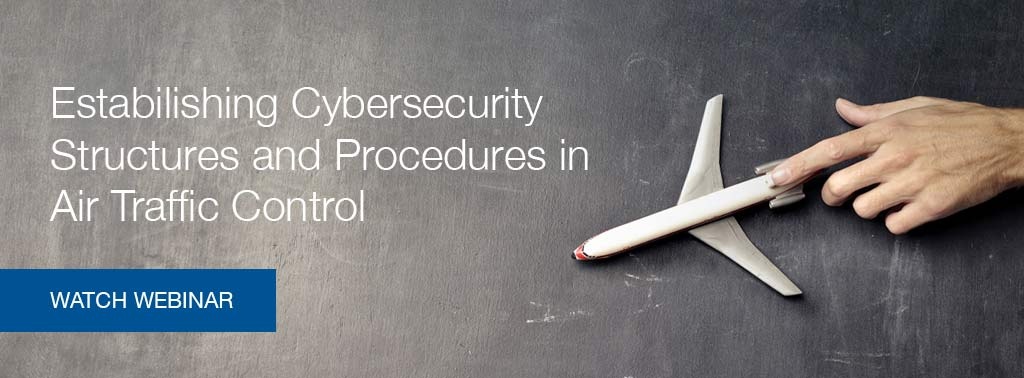Military forces around the world have had to contend with political issues between their nations for thousands of years. In the early days of our world, wars would be fought over land, property, kingdoms, resources, and differences in belief systems. The world has evolved over the past several centuries between the bronze age, renaissance and industrial.
Many scholars and industry experts paint our current age as the information age. This means that instead of gold, oil, precious metals, data, and information holds an extremely high value. What types of data are we talking about here? We are talking about weapons research data, pharmaceutical intellectual property, financial data such as the purchasing power of companies, governments and other data of high value are the vast amounts of data tech giants such as Google and Meta collect on individuals.
Risks of Connected Devices in the Military
In this information age we find ourselves in, we also have seen a rapid adoption of connecting many everyday devices and even military equipment to the internet. This includes weaponry, GPS, supply lines and military vehicles. Without a plan, without any controls of these data sources and connected technologies, adversaries of our military and governments, will be able to track troop and vehicle movements real time and develop effective counter measures against any attempted offensive or even defensive maneuvers. What are the implications of this?
A common enemy of the western world are the CCP or Chinese Communist Party, there is a plethora of intelligence and documented multi-year plans directly from the Chinese government outlining their plans to spread their ideology around the world and how they intend to surpass the rest of the world from war to culture to agriculture as well as other facets of society. A simple search will provide many articles and write ups on these plans from the CCP, however, I am providing a link to a write up by Georgetown University here. While it is very detailed and verbose, let me direct my reader’s attention to Article XV Section 2 specifically, which outlines in no uncertain terms their goals and how they intend to achieve them in the cyberspace alone. I encourage my readers to read the entire document and sections following Section 2.
Section 2
Accelerate the promotion of digital industrialization We will cultivate and expand emerging digital industries such as AI, big data, blockchain, cloud computing, and cybersecurity and improve the level of the communication equipment, core electronic components, and key software industries. We will build 5G-based application scenarios and industrial ecosystems and carry out pilot demonstrations in key areas such as intelligent transportation, smart logistics, smart energy, and smart healthcare. We will encourage enterprises to open up search, e-commerce, social, and other data and develop third-party big data service industries. We will promote the healthy development of the sharing economy and the platform economy.
Section 3
Promote industrial digital transformations We will implement “Migrating to the Cloud, Using Digital Tools, and Enabling Intelligence” actions and promote data-enabled coordinated transformations of entire production chains. We will build several international-level industrial internet platforms and digital transformation promotion centers in key industries and regions, deepen the digitalized application of R&D and design, manufacturing, operations management, market services, and other links, cultivate and develop new models such as personalized customization and flexible manufacturing, and accelerate the digital transformation of industrial parks. We will deepen the digital 40 transformation of the service industry and cultivate new growth points such as crowdsourced design, smart logistics, and new retail. We will accelerate the development of smart agriculture and advance the digital transformation of agricultural production, operation, and management services.”
Why Should Military Branches Care?
For several decades, China has worked on destabilizing the world in attempts to coerce sole control of trade routes, territory and intellectual property from both world governments and private industries. Also, of concern and note, is the over reliance and deals leaders have made to allow China to create and have direct access to sensitive military weaponry down to the chips and hardware utilized to build them. In Hybrid-Warfare, the threats are not only bullets, artillery, and carnal death, but we live in an age where significant damage and harm can and is caused by hacking and compromising networks and anything connected to the internet within our military branches. This can and has caused harm in response times as well as led to the disclosure of sensitive troop movements to foreign adversaries.
Long term and short term there are many strategies and approaches we can take at the squad level to the whole of the military to increase our mission readiness and lethality and take back control taken from us and given to the Chinese. The goal of this series is to highlight current gaps and strategic concerns hurting our nations and hurting our mission readiness from Operational Security to hardening our supply chains for every component used in our personal and military lives. While China has had a long period of time to leverage their way into our branches and allow themselves to have backdoors to compromise us at any time and they have, they have dedicated hacking groups sanctioned by the People’s Liberation Army whose sole job is compromising both government, military, and private industry around the world. Despite the current landscape, the actions we can take can help make drastic improvements and it is highly encouraged these steps be actioned immediately to ensure mission readiness and that the collective defense is improved.
References
China’s state-sponsored industrial espionage is part of a larger system (December 2021), by Sabri Ben-Achour




